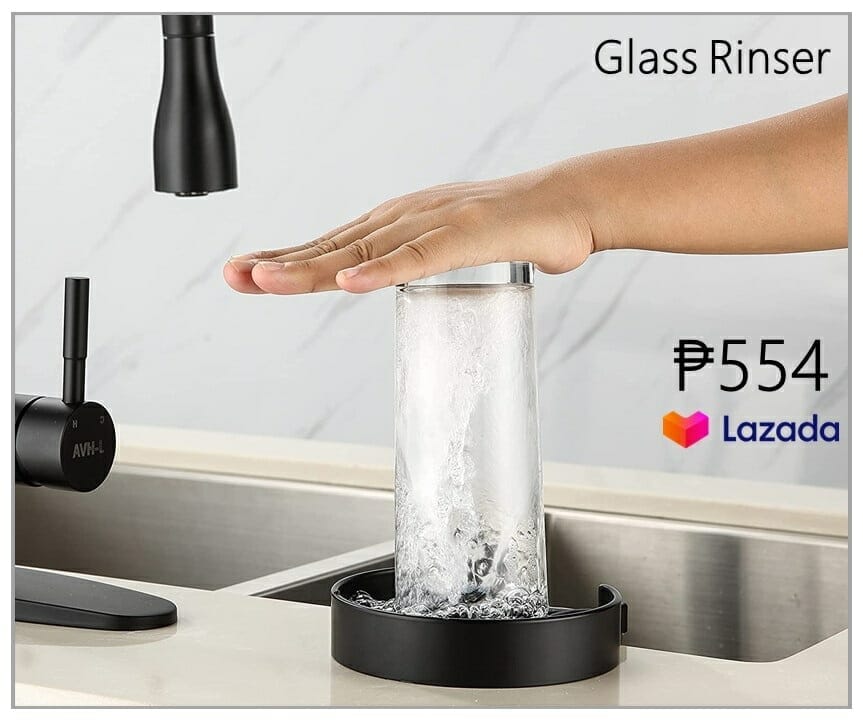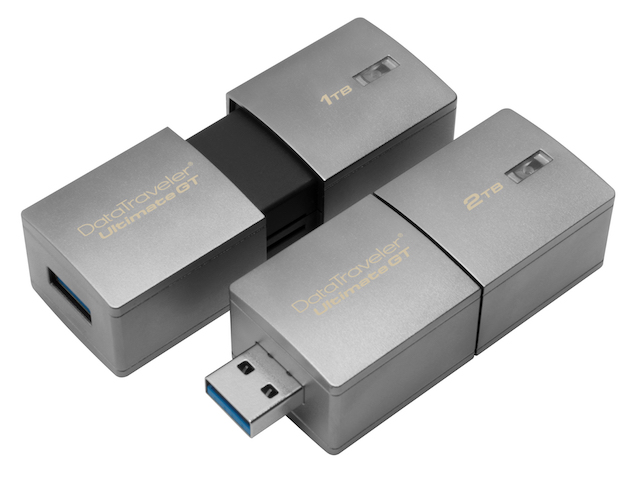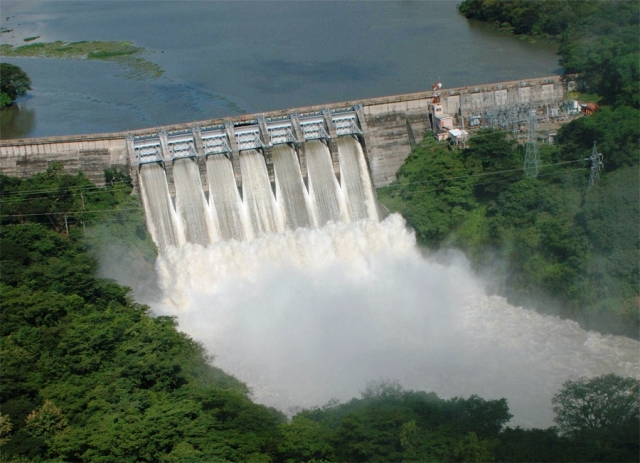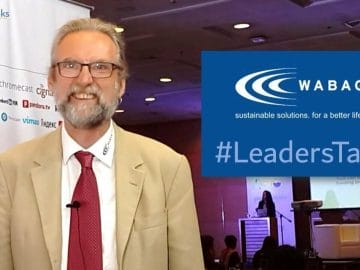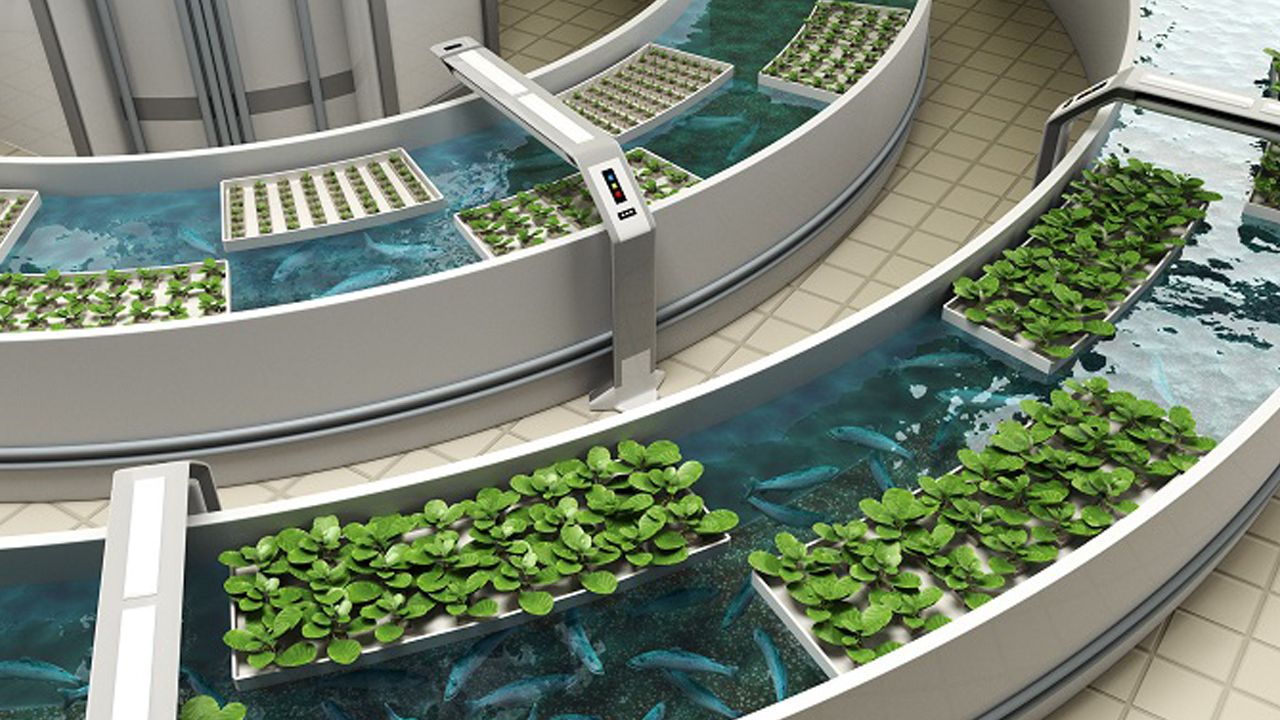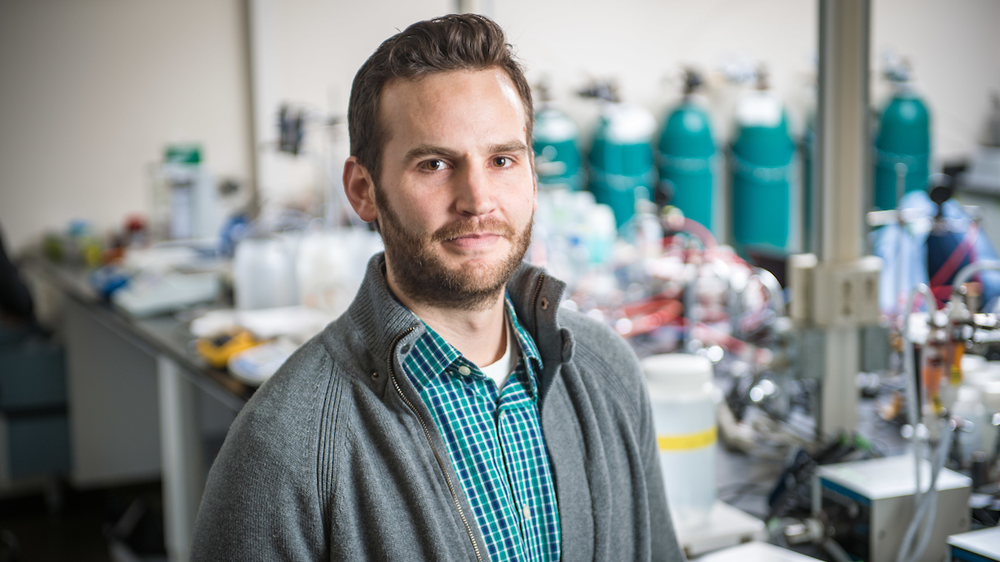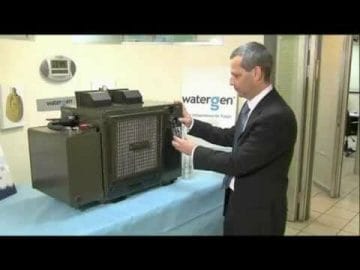“1.8 billion people around the world don’t have access to safe water and 2.4 billion lack access to adequate sanitation. Women and children spend more than 4 hours walking for water each day, and more than 840,000 people die each year from water-related diseases.” Water For People aims to change this bleak statistic.
As they said on their website, they want to “see communities break free from the cycle of poverty and spend time growing, learning, and thriving, instead of walking for water and fighting off illness.” GineersNow conducted an exclusive interview with Eleanor Allen, the CEO of Water For People.

THE PERSON
Eleanor Allen has been working in the water sector for 24 years. She is a registered professional civil engineer and a board certified environmental engineer. Before becoming the CEO of Water for People, she was the Global Director of Water at ARCADIS, the Latin America Director of Water at CH2M, and a Peace Corps volunteer in the Dominican Republic.

THE COMPANY
Water For People is a nonprofit organization that has been around for 25 years. They envision a world where every person has access to reliable and safe drinking water and sanitation. Their mission is to promote the development of high-quality drinking water and sanitation services, accessible to all, and sustained by active communities, businesses, and governments. Their values center on demonstrating integrity in everything that they do: Accountability, Courage, Empowerment, Partnership, and Transparency.
GN: Where is this company headed? What are your future expansion plans?
Allen: In 10 years, we plan to have a complete infrastructure and establish services for 7 million people; as well as grow our advisory & social enterprises. In 29 years, we’ll act extensively in an advisory capacity for sustainable operations & social enterprises since the infrastructure will be complete.
INTRODUCTION
GN: How does your company define clean water and wastewater?
Allen: Clean water = safe to drink. Drinking water standards for each of our nine countries and liters/per capita/per day for basic water service are all different. Wastewater = There is no standard definition. We are working in rural areas with on-site sanitation and collection of fecal sludge from latrines and septic tanks. No sewer system, therefore, no wastewater!
GN: How do people gain access to clean water?
Allen: Household connections and community water points. We have an extensive monitoring and evaluation program for our district-level work. We track over 40 indicators that measure progress in 4 categories: Level of service for water, the level of sustainability for the service provider (utility or service authority), household data for sanitation, and public institution (clinics and schools) level of service. We also have asset registers and an exit strategy for both water and sanitation – when the districts can maintain reliable and quality level of sustainable service and aid independence then Water For People can exit.
GN: Do we have limited access to clean, drinkable water? Are we running out of it?
Allen: Not running out – there is enough water in the world. It needs to be allocated adequately to people/agriculture/industry, with proper stewardship, to meet the basic needs of all and treated to be safe. In our districts, we often have to develop secondary sources as we have lost water supply due to climate change.
THE MACRO LEVEL OF THE WORLD’S WATER TECHNOLOGY
GN: What is the current situation of clean water and wastewater?
Allen: 1.8 billion people globally do not have access to safe water and 2.4 billion people lack access to adequate sanitation. This is a global crisis! Each day, women and children spend 200 million hours collecting water for their families –equivalent to 20% of the US workforce dedicated to continuously collecting water! Additionally, 840,000 people die each year from diarrhea from contaminated water. Solving the global water and sanitation crisis would be a dramatic positive change on health, quality of life, and the economy. There is a 5:1 benefit to cost ratio. It will cost $50B per year through 2030 to meet SDG6 (United Nations Sustainable Development Goal #6) which is water and sanitation for all. The return on this investment is incredible – $250B per year! Without a doubt, the investment is worth it!
GN: What are the latest water technologies today?
Allen: There are new ones every day. We have the technologies we need. To successfully implement technology we need national leadership to prioritize water and sanitation, governance, regulation, supply chain development, and investment in infrastructure and institution building (without corruption).
GN: Where is water tech heading 20 years from now? Are we on the right track? Are we delayed? Are we progressing?
Allen: Technologies to make processes more efficient, conserve water and improve water quality are all under continuous development, and we are on track.
THE MICRO LEVEL OF THE WORLD’S WATER TECHNOLOGY
GN: What are the initiatives/ projects that you are doing (or have done) that will provide clean water to third world countries?
Allen: Our innovative approach to development brings together local entrepreneurs, technology, governments, and communities to create systems and services that last. It isn’t just about digging wells, building water systems, and installing toilets. We focus our Everyone Forever model on the long-term change and societal progress in developing (no longer third world) countries. We deliver measurable impact as we help build water and sanitation infrastructure as well as local institutions and service authorities (utilities). They operate and maintain the systems for generations to come, supported by local entrepreneurs and market forces. We have reached the tipping point in several of our districts, and we are now replicating and scaling our model.
GN: What are the future innovations that you or your company is pursuing?
Allen: We are working on innovations to scale and replicate faster. We are pleased that others are replicating Everyone Forever, for example, in places like Bolivia.
GN: What impact have you delivered (social, economic and environmental)?
Allen: We are implementing our 2013 strategy to provide sustainable services to 4 million people. Currently, we have reached over 600,000 and will reach 4 million by 2022. In 2017 a second program will begin for 3 million more people. Our monitoring and evaluation program (called EF Tracker) is world-class. Also, we have developed numerous water and sanitation offices staffed with municipal employees that we train to operate and maintain the systems. Their scope of work includes water resources management, monitoring and evaluation, rate setting/collection, and asset management. We have also trained craft workers to build and manage their water systems and toilets. Additionally, our school and community hygiene programs for behavior change are very successful. We have trained sanitation entrepreneurs and helped them start their businesses selling toilet/septic systems, pit emptying services, decentralized fecal sludge treatment plants, and sludge repurposing for biofuels and fertilizers. We also have developed water and sanitation product lines for micro-finance lenders and community cooperatives for water and sanitation credit to build water systems and toilets. Some of these are self-funded by the communities through revenue collection.

THE CHALLENGES & SOLUTIONS
GN: What are the greatest challenges in the water industry?
Allen: To reach the UN’s Sustainable Development Goal #6(SDG6) we need national leadership to prioritize water and sanitation, governance, regulation, supply chain development, and investment in infrastructure and institution building (without corruption).
GN: What do you think the government, private companies and NGO of each country need to do to get rid of these?
Allen: To reach SDG 6 we need to achieve greater collaboration between governments (those providing aid and those needing aid), private industry, and NGOs. Development of country-wide plans with bottoms-up bankable investment plans to meet SDG 6 is already underway (we are helping Bolivia, Rwanda, and Uganda) where national leaders have prioritized water and sanitation. All 193 signatory countries of the SDGs need to do this to achieve SDG 6 globally. Today between national governments, aid, private ndustry, and philanthropy the world invests $10B per year. So we need to step it up to get to the $50B per year. In the scale of the global economy, this is not a large number – we just need to make clean water and sanitation a priority. We need to raise awareness and educate to get to this level of funding. And the business case is there – we know there is a 5:1 return!
GN: How do we provide water accessibility to more than 7 billion people?
Allen: We need to develop infrastructure in each country, village by village, and city by city. Just like we did in the US and other nations around the world. We have done this before, and we know how to do it. It isn’t easy and needs all the items above to happen!
ADVICE TO THE YOUNG ENGINEERS
GN: Please give advice and words of wisdom about the clean water campaign to our young global audience. What would you like to tell to the millennials?
Allen: Water is one of the most rewarding fields – challenging for its technical and societal aspects. Development work is infrastructure and social engineering – the perfect combination! Imagine you have an orchestra of community voices, government, business, and technology. When they make music together, it is amazing!! This truly is a career for those that want to build a better world and improve the quality of life, especially for women and children. Plus, in this field, you can help clean up the environment by treating human waste appropriately for reuse and resource recovery. By doing this, we will leave the earth in better shape for our children and future generations.



